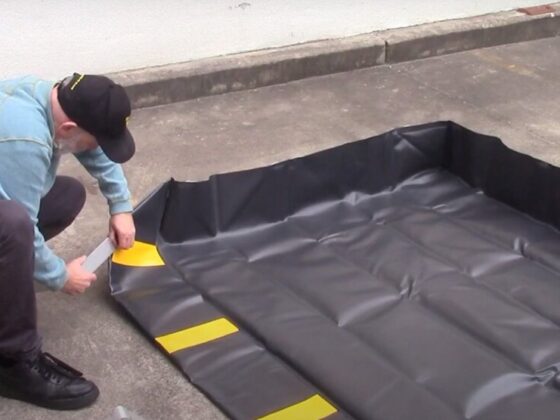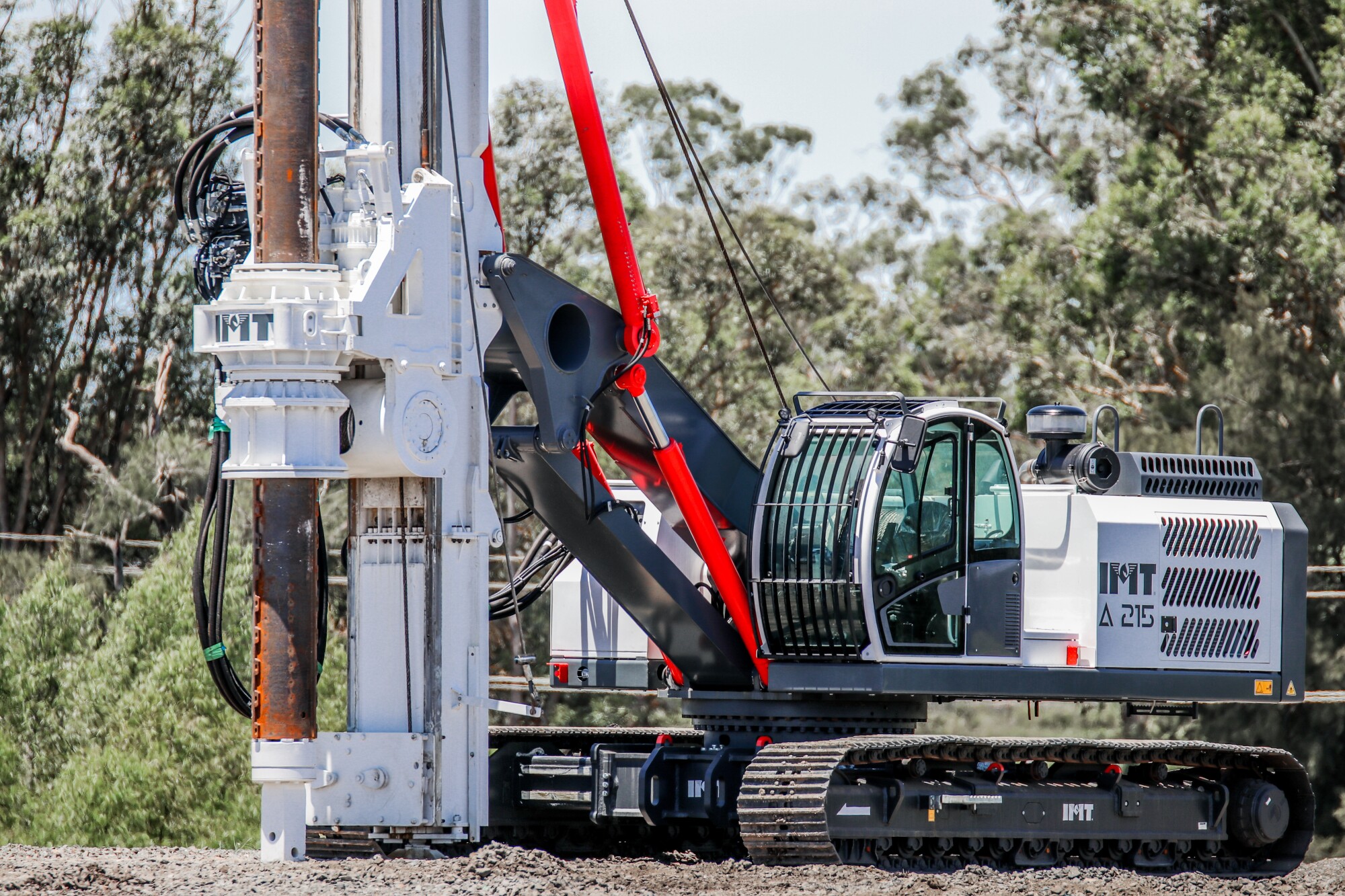According to research, about 32% of fleets consider fueling the largest expense.
With the rising fuel prices currently, trucking companies need to find ways to cut costs. But you can’t just cut corners because that will hurt your business in the long run.
To remain competitive in the trucking industry, you need to implement a truck fleet management system that will save you time and money. Here are seven fleet management solutions that can help you do just that.
1. Install Vehicle Tracking Systems
A vehicle tracking system is a GPS-based system that allows you to track the location of your fleet vehicles. This system can improve efficiency by monitoring driver behavior and fleet activity. It can also help you reduce fuel costs by providing information on where your drivers are spending the most time idling.
You can also use route optimization solutions in conjunction with a vehicle tracking system to create short and quick routes for your fleet. Your fleet will avoid high-traffic routes and areas with construction and accidents.
Tracking systems will also help you track the speed of your fleet vehicles. You can set speed limits for specific areas and drivers. Speeding is directly related to fuel consumption, so you can also reduce fuel costs by reducing speed.
2. Train Drivers on Best Driving Techniques
One of the easiest ways to save on fuel is to train your drivers on the best driving techniques. You can do many things to improve fuel economy, such as reducing speed, avoiding hard braking, and maintaining a steady speed.
You can also teach your drivers how to change their driving habits for different types of terrain. For example, when traveling up a hill, they should use a lower gear and take their time. When going downhill, they should use the truck’s momentum to help carry them down.
Driver training will not only help you save on fuel costs, but it will also help improve safety in your fleet. Drivers who know how to drive safely and efficiently are less likely to get into accidents.
3. Reduce Insurance Premiums
Fleet managers can save money on their insurance premiums by implementing fleet safety measures. You can reduce your risk of accidents and injuries, which will lower your liability premiums.
You can also get discounts on your insurance premiums by installing safety features on your fleet vehicles, such as backup cameras and collision avoidance systems. And if you have a good driving record, you can ask for a discount from your insurer.
In addition to reducing the risk of accidents, you can also save money on your insurance premiums by maintaining a healthy fleet. Maintaining good vehicle conditions lowers the chances of an accident and will help keep your repair costs down.
Make sure to have regular preventive maintenance checks done on your fleet vehicles. They will help you find minor problems before they turn into big ones.
4. Replace Old Vehicles
Older fleet vehicles are less fuel-efficient and more expensive to maintain. If your fleet has more than ten-year-old vehicles, it might be time to start thinking about replacing them.
You can research which fleet vehicles get the best gas mileage and choose ones that will help you save on fuel costs. You can also look for fleet vehicles with features that will reduce wear and tear, such as extended oil life intervals and synthetic motor oil.
Don’t forget to consider the total cost of ownership when choosing new fleet vehicles. A vehicle’s purchase price is just a tiny part of its overall cost. You also need to factor in depreciation, insurance, fuel, maintenance, and repairs.
Choose fleet vehicles that will save you money in the long run, not just the short term.
5. Use a Fuel Delivery Service
A fuel delivery service can help you save time and money by delivering fuel directly to your fleet. You won’t have to worry about running out of gas or spending hours at the gas station.
You can also save on fuel costs by using a diesel exhaust fluid (DEF) delivery service. DEF is a non-toxic, odorless fluid that helps reduce emissions from diesel engines.
Using a DEF fuel near me delivery service will help you reduce your fleet’s impact on the environment and improve its fuel economy.
Choose a fuel delivery service that offers competitive prices and convenient delivery times. Make sure the service is reliable and has a good reputation.
6. Use Fleet Maintenance Management Software
Fleet maintenance management software can help you save time and money by organizing and tracking your fleet’s preventive maintenance schedules.
The software will help you create a schedule tailored to your fleet’s specific needs. You can also use the software to track vehicle repairs, parts inventory, and driver safety records.
This type of software can be especially helpful for large fleets with multiple vehicles and locations. It can help you keep track of all the maintenance activities taking place in your fleet, so you can make sure they are all done on time and within budget.
7. Rent vs. Buy
There are pros and cons to both renting and buying fleet vehicles. Renting fleet vehicles can be more expensive in the long run, but it does have some advantages.
You don’t have to worry about depreciation or repairs, and you can switch out your fleet vehicles whenever you want. You also don’t need to store any extra vehicles when they’re not being used.
On the other hand, buying fleet vehicles is usually cheaper in the long run. You can get a good deal on used fleet vehicles, and you can sell them for a profit when you’re done using them.
Be sure to consider all of the costs involved in renting and buying fleet vehicles before making a decision.
Get the Best Fleet Management Solutions
Maintaining a fleet of vehicles can be costly and time-consuming. But by using the right fleet management solutions, you can reduce your expenses and improve your fleet’s efficiency. Implementing some or all of these solutions can help you save money and time.
If you’re looking for more tips on fleet management, be sure to read our other articles.












